Home>Furniture & Design>Interior Design Trends>How To Make Glass Opaque
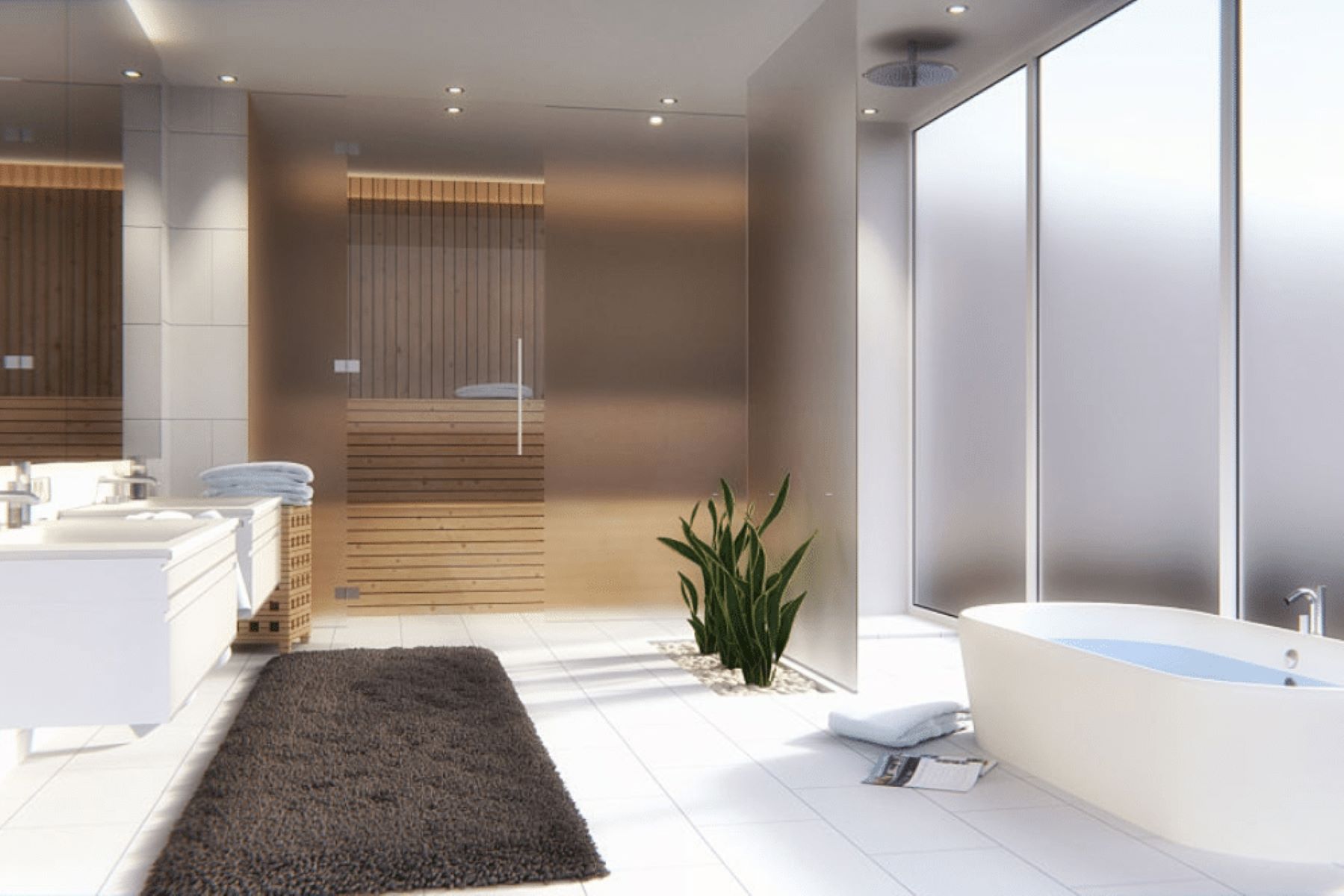

Interior Design Trends
How To Make Glass Opaque
Modified: August 17, 2024
Learn how to make glass opaque and stay on top of interior design trends with our expert tips and techniques. Discover the latest trends in interior design and create a stylish, modern space.
(Many of the links in this article redirect to a specific reviewed product. Your purchase of these products through affiliate links helps to generate commission for Storables.com, at no extra cost. Learn more)
Introduction
Glass is a versatile and elegant material that has been used in architecture and interior design for centuries. Its transparent nature allows natural light to flow through spaces, creating an open and airy atmosphere. However, there are times when privacy or a more diffused light is desired, leading to the need for opaque glass. Opaque glass provides a solution that balances the benefits of glass with the privacy and aesthetic considerations of a space.
In this article, we will explore the various methods for making glass opaque, ranging from traditional techniques to modern applications. Whether you are looking to add a touch of privacy to your bathroom, office, or storefront, understanding the different methods for achieving opaque glass can help you make an informed decision that aligns with your design goals.
From frosted glass to window film and acid etching, each method offers its own unique advantages and considerations. By delving into these techniques, you can gain a deeper understanding of how to transform transparent glass into a stylish and functional element within your interior design scheme. So, let's embark on this journey to discover the art and science of making glass opaque, and unlock the potential for creating captivating and practical spaces.
Key Takeaways:
- Frosted glass, window film, and acid etching are creative methods to make glass opaque, providing privacy, elegance, and customizable designs for interior spaces.
- These techniques balance natural light, privacy, and visual appeal, offering versatile and practical solutions for creating captivating and functional environments.
Read more: How To Make Sugar Glass
Understanding Opaque Glass
Opaque glass, also known as privacy glass, is a type of glass that does not allow light to pass through it in a clear and unobstructed manner. Instead, it diffuses light, obscures visibility, and adds a layer of privacy to a space without completely blocking out natural light. This characteristic makes opaque glass a popular choice for various applications in interior design and architecture.
There are several reasons why one might opt for opaque glass in their design scheme. Privacy is a key consideration, especially in areas such as bathrooms, conference rooms, and office partitions. Opaque glass allows for the passage of light while maintaining a level of seclusion, creating a comfortable and intimate environment. Additionally, in commercial settings, opaque glass can be used to display branding, logos, or decorative patterns while still providing a level of privacy for the interior space.
From a design perspective, opaque glass introduces texture and visual interest to a space. It can soften the harshness of a transparent surface, adding a layer of elegance and sophistication. The diffused light that passes through opaque glass creates a gentle, ambient glow, contributing to a cozy and inviting atmosphere.
In terms of functionality, opaque glass can also serve as a sound barrier, helping to reduce noise transmission between spaces. This makes it a practical choice for areas where acoustic privacy is important, such as office meeting rooms or healthcare facilities.
There are various methods for achieving opaque glass, each offering its own aesthetic and practical benefits. Whether it's through the use of frosted glass, window film, or acid etching, the choice of technique can significantly impact the overall look and feel of a space. Understanding the characteristics and applications of opaque glass is essential for making informed design decisions and creating environments that are both visually appealing and functional.
Methods for Making Glass Opaque
When it comes to making glass opaque, there are several effective methods that cater to different design preferences and practical requirements. Each technique offers its own unique characteristics, allowing for a tailored approach to achieving the desired level of privacy and aesthetic appeal. Let's explore these methods in detail:
Using Frosted Glass
Frosted glass is a popular choice for creating an opaque effect while maintaining a sense of elegance and sophistication. This technique involves the process of sandblasting or acid etching the surface of the glass, resulting in a semi-translucent appearance. The frosted finish diffuses light, providing privacy without compromising on natural illumination. It also adds a touch of texture and visual interest to the glass, making it a versatile option for both residential and commercial applications.
Applying Window Film
Window film offers a convenient and cost-effective way to transform transparent glass into opaque surfaces. This self-adhesive film is available in a variety of patterns, textures, and opacities, allowing for customization based on specific design needs. Whether it's a subtle frosted effect or a decorative pattern, window film provides flexibility in achieving privacy while enhancing the visual appeal of the glass. Additionally, certain types of window film offer UV protection and energy efficiency benefits, making it a practical choice for windows and glass doors.
Read more: How To Make Iridescent Glass
Using Acid Etching
Acid etching is a traditional technique that involves the application of acid or caustic substances to the surface of the glass, creating a frosted or opaque appearance. This method allows for precise control over the level of opacity and can be used to achieve intricate designs and patterns. Acid-etched glass is well-suited for interior partitions, doors, and decorative elements, adding a touch of artistry to the space while maintaining privacy and light diffusion.
Each of these methods offers a distinct approach to making glass opaque, catering to a wide range of design preferences and functional requirements. Whether it's the timeless elegance of frosted glass, the versatility of window film, or the artistic possibilities of acid etching, the choice of technique can greatly influence the overall ambiance and functionality of a space. By understanding the characteristics and applications of these methods, designers and homeowners can make informed decisions to create captivating and practical environments.
This comprehensive exploration of the methods for making glass opaque provides valuable insights into the diverse options available for transforming transparent glass into a stylish and functional element within interior design schemes. Whether the goal is to enhance privacy, introduce visual interest, or achieve a specific aesthetic, the methods outlined above offer versatile solutions that cater to a wide range of design preferences and practical requirements.
Using Frosted Glass
Frosted glass is a popular choice for creating an opaque effect while maintaining an elegant and sophisticated appearance. This technique involves the process of sandblasting or acid etching the surface of the glass, resulting in a semi-translucent appearance. The frosted finish diffuses light, providing privacy without compromising on natural illumination. It also adds a touch of texture and visual interest to the glass, making it a versatile option for both residential and commercial applications.
One of the key advantages of using frosted glass is its ability to strike a balance between privacy and aesthetics. By diffusing light and obscuring visibility, frosted glass creates a sense of seclusion without completely blocking out natural light. This makes it an ideal choice for spaces where privacy is desired, such as bathrooms, office partitions, and entryways. The gentle diffusion of light through frosted glass also contributes to a soft, ambient glow, enhancing the overall atmosphere of a room.
In addition to its practical benefits, frosted glass offers a range of design possibilities. The semi-translucent nature of frosted glass allows for creative applications in interior design. Whether used for doors, windows, or decorative elements, frosted glass can add a layer of elegance and visual intrigue to a space. Its ability to soften the harshness of transparent surfaces makes it a versatile option for achieving a subtle and sophisticated aesthetic.
Furthermore, frosted glass can be customized to suit specific design preferences. From subtle, lightly frosted finishes to more pronounced textures, the level of opacity can be tailored to align with the desired ambiance of a space. This flexibility allows for the creation of unique and personalized design elements that complement the overall interior design scheme.
In commercial settings, frosted glass can also be utilized for branding and decorative purposes. Logos, patterns, or text can be incorporated into the frosted finish, adding a distinctive touch to storefronts, office partitions, and conference rooms. This not only enhances the visual appeal of the space but also reinforces brand identity in a subtle and sophisticated manner.
Overall, the use of frosted glass presents a versatile and stylish solution for achieving opacity in interior design. Its ability to balance privacy, natural light, and visual appeal makes it a valuable addition to residential and commercial spaces. Whether employed for its practical benefits or its aesthetic versatility, frosted glass stands as a timeless and sophisticated choice for creating captivating and functional environments.
Applying Window Film
Applying window film offers a convenient and cost-effective way to transform transparent glass into opaque surfaces. This self-adhesive film is available in a variety of patterns, textures, and opacities, allowing for customization based on specific design needs. Whether it's a subtle frosted effect or a decorative pattern, window film provides flexibility in achieving privacy while enhancing the visual appeal of the glass.
One of the key advantages of using window film is its versatility in catering to diverse design preferences. With a wide range of options available, including frosted, patterned, and textured variations, window film allows for creative expression in interior design. Whether seeking a minimalist, modern look or a more ornate and decorative style, the flexibility of window film enables designers and homeowners to achieve their desired aesthetic with ease.
In addition to its aesthetic benefits, window film also offers practical advantages. Certain types of window film provide UV protection, helping to mitigate the harmful effects of ultraviolet rays on furnishings and interior spaces. This can contribute to the preservation of furniture, flooring, and artwork, making window film a valuable investment in maintaining the longevity of interior elements.
Furthermore, window film can enhance energy efficiency by reducing heat gain and loss through windows. This can lead to improved thermal comfort and potential energy cost savings, making it a sustainable choice for both residential and commercial applications. By mitigating heat transfer, window film contributes to a more comfortable indoor environment while reducing the reliance on heating and cooling systems.
The application of window film is a straightforward process that can be easily executed by professionals or DIY enthusiasts. With the option to choose from a range of opacity levels, from fully opaque to semi-translucent, window film allows for tailored solutions to privacy needs. Whether used for windows, glass doors, or partitions, the versatility and ease of application make window film a practical and stylish choice for achieving opacity in interior spaces.
In summary, applying window film presents a versatile and practical solution for transforming transparent glass into opaque surfaces. With its customizable options, UV protection benefits, and energy-efficient properties, window film stands as a valuable addition to interior design, offering both aesthetic appeal and functional advantages. Whether seeking privacy, UV protection, or energy efficiency, window film provides a versatile and stylish solution for creating captivating and practical environments.
To make glass opaque, you can add materials like fluorides, phosphates, or borates during the manufacturing process. These materials scatter light, making the glass less transparent.
Using Acid Etching
Acid etching is a traditional and artistic technique that involves the application of acid or caustic substances to the surface of the glass, creating a frosted or opaque appearance. This method allows for precise control over the level of opacity and can be used to achieve intricate designs and patterns. Acid-etched glass is well-suited for interior partitions, doors, and decorative elements, adding a touch of artistry to the space while maintaining privacy and light diffusion.
One of the key advantages of using acid etching is the artistic freedom it offers in creating unique and customized designs. Unlike other methods, acid etching allows for the incorporation of intricate patterns, logos, or decorative motifs directly onto the glass surface. This level of customization enables designers to infuse a space with personalized and visually striking elements, adding a touch of artistry and individuality to the interior environment.
In addition to its artistic potential, acid-etched glass provides a balance between privacy and aesthetics. The frosted appearance achieved through acid etching diffuses light, creating a soft and ambient glow while obscuring visibility. This makes it an ideal choice for spaces where privacy is desired without sacrificing natural illumination. Whether used for interior partitions, doors, or decorative panels, acid-etched glass adds a layer of elegance and sophistication to the overall design scheme.
Furthermore, acid-etched glass offers durability and ease of maintenance. The frosted finish created through acid etching is resistant to fingerprints and smudges, making it a practical choice for high-traffic areas. Additionally, the surface of acid-etched glass can be easily cleaned with standard glass cleaners, ensuring that the aesthetic appeal of the glass is maintained over time with minimal effort.
From a design perspective, acid-etched glass can be utilized to create a sense of openness while maintaining privacy. By incorporating acid-etched panels into interior partitions or doors, designers can delineate spaces without compromising the flow of natural light. This makes it a versatile choice for creating visually dynamic and functional interiors, where the balance between privacy and openness is essential.
In summary, the use of acid etching presents a versatile and artistic solution for achieving opacity in interior design. Its ability to combine artistic customization, privacy, and ease of maintenance makes it a valuable addition to residential and commercial spaces. Whether employed for its artistic potential, practical benefits, or design versatility, acid-etched glass stands as a timeless and sophisticated choice for creating captivating and functional environments.
Read more: How To Make A Glass Terrarium
Conclusion
In conclusion, the methods for making glass opaque offer a diverse range of solutions that cater to both practical and aesthetic considerations in interior design. From the timeless elegance of frosted glass to the versatility of window film and the artistic potential of acid etching, each technique presents unique advantages that contribute to the creation of captivating and functional environments.
The use of frosted glass provides a balance between privacy, natural light, and visual appeal. Its ability to soften the harshness of transparent surfaces while adding texture and visual interest makes it a versatile choice for various applications. Whether employed for its practical benefits or its aesthetic versatility, frosted glass stands as a timeless and sophisticated option for achieving opacity in interior spaces.
Applying window film offers a convenient and cost-effective way to transform transparent glass into opaque surfaces. With its customizable options, UV protection benefits, and energy-efficient properties, window film presents a practical and stylish solution for achieving privacy while enhancing the visual appeal of the glass. Whether seeking privacy, UV protection, or energy efficiency, window film provides a versatile and sustainable choice for creating captivating and practical environments.
The use of acid etching presents an artistic and customizable solution for achieving opacity in interior design. Its ability to incorporate intricate patterns and designs onto the glass surface adds a touch of artistry and individuality to the interior environment. With its balance between privacy and aesthetics, durability, and ease of maintenance, acid-etched glass stands as a timeless and sophisticated choice for creating visually dynamic and functional interiors.
In essence, the methods for making glass opaque offer designers and homeowners a wealth of options to tailor the level of privacy, visual appeal, and functionality within interior spaces. Whether it's the subtle elegance of frosted glass, the practicality of window film, or the artistic potential of acid etching, each method contributes to the creation of captivating and practical environments. By understanding the characteristics and applications of these techniques, individuals can make informed decisions to transform transparent glass into a stylish and functional element within their interior design schemes.
Frequently Asked Questions about How To Make Glass Opaque
Was this page helpful?
At Storables.com, we guarantee accurate and reliable information. Our content, validated by Expert Board Contributors, is crafted following stringent Editorial Policies. We're committed to providing you with well-researched, expert-backed insights for all your informational needs.
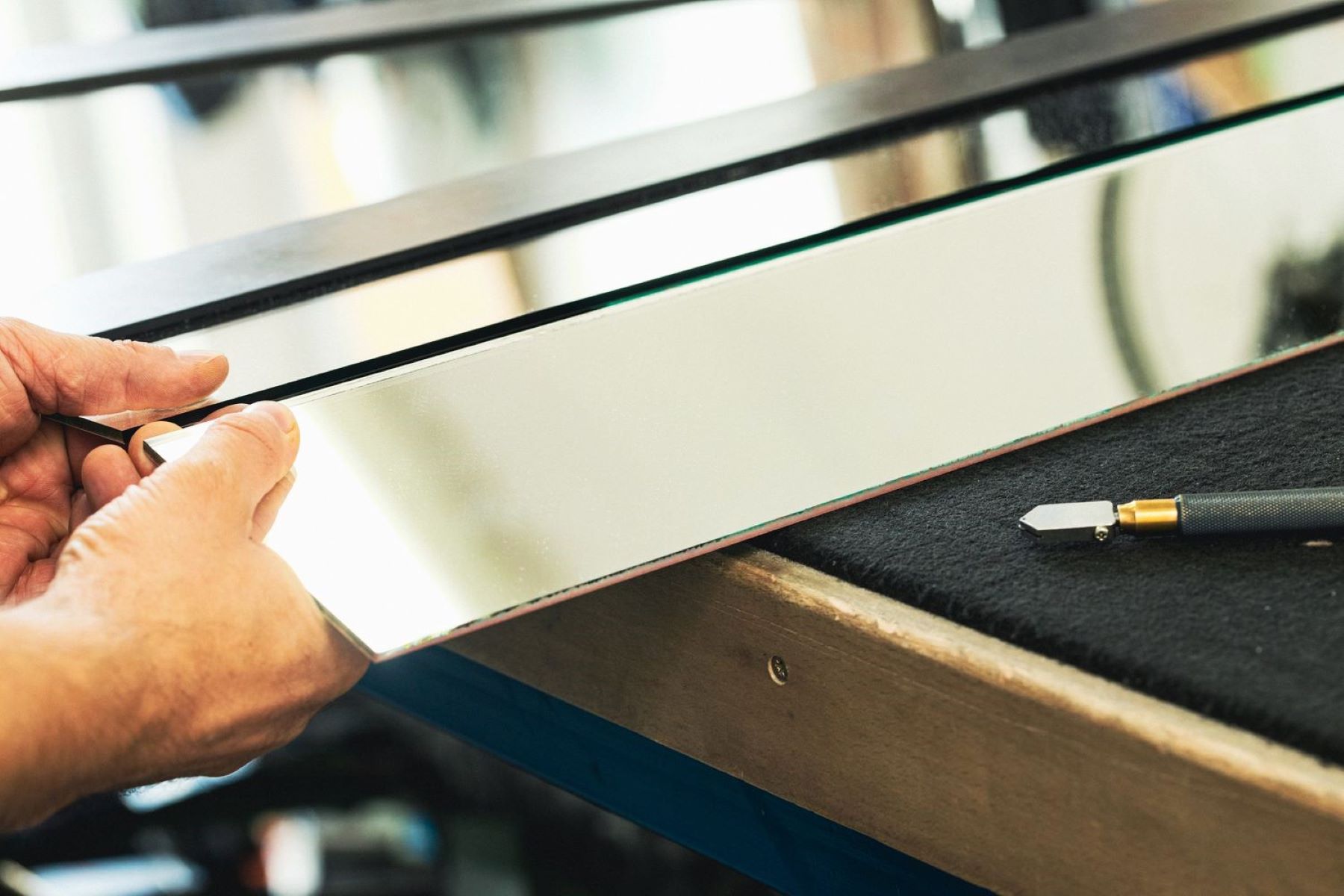
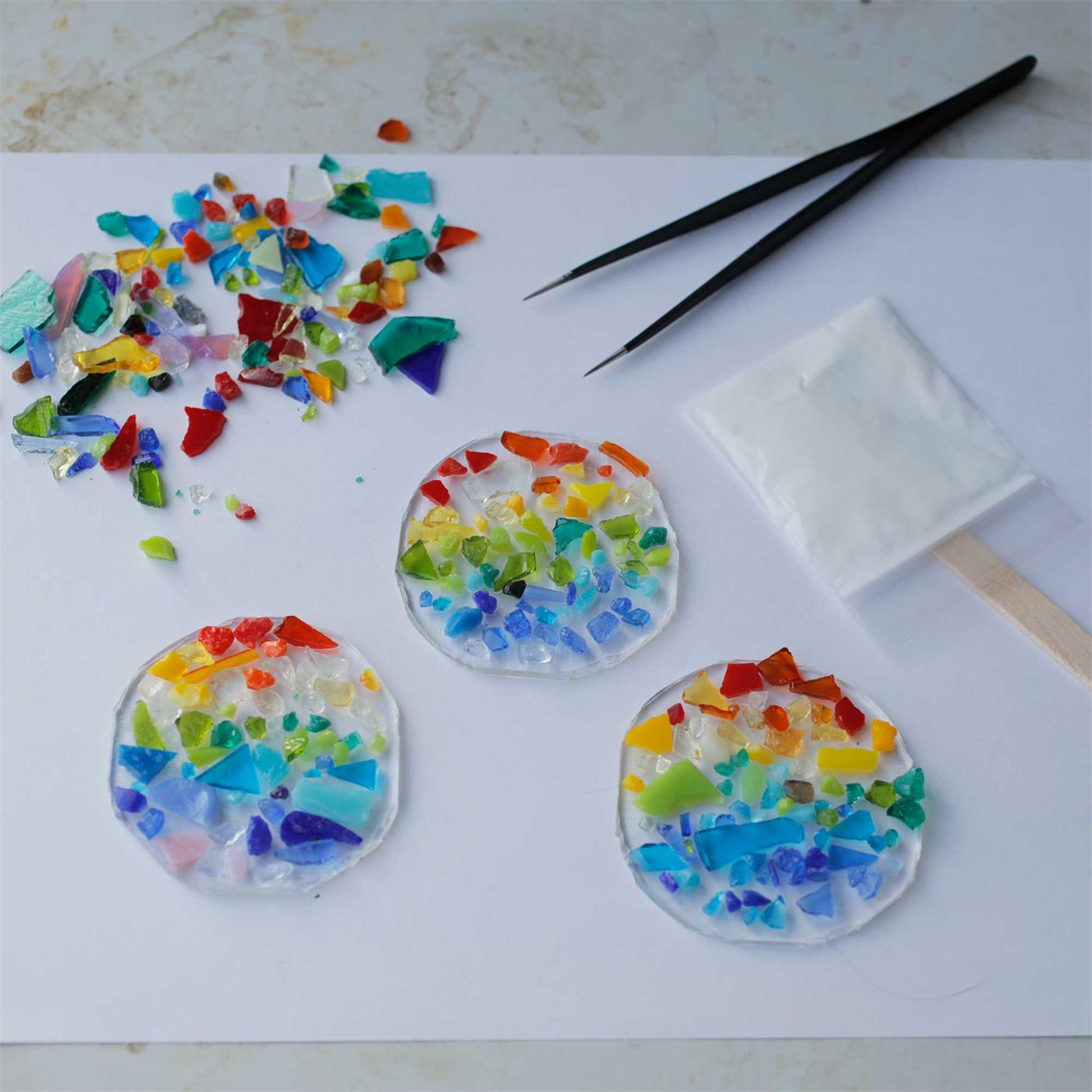
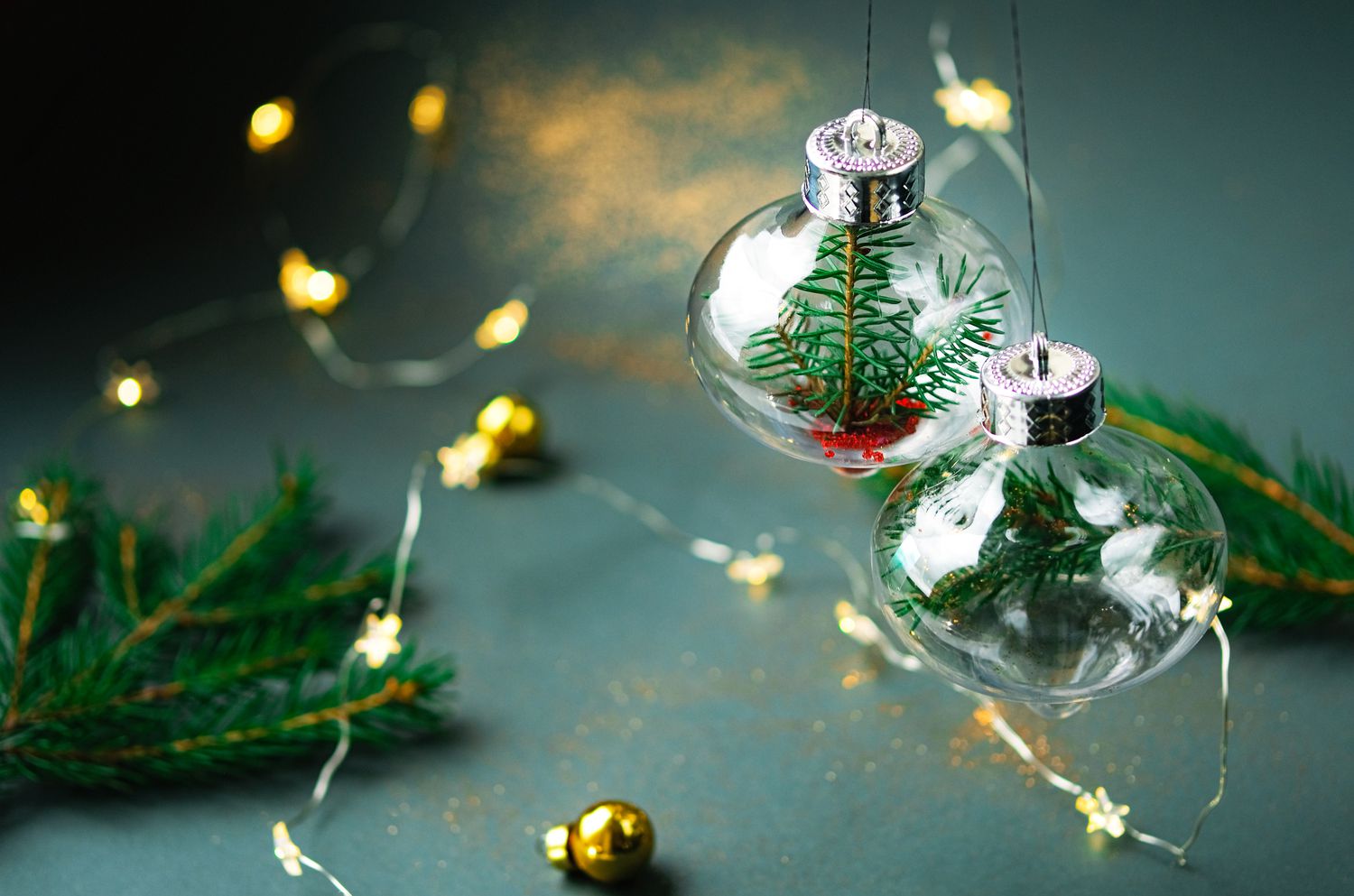
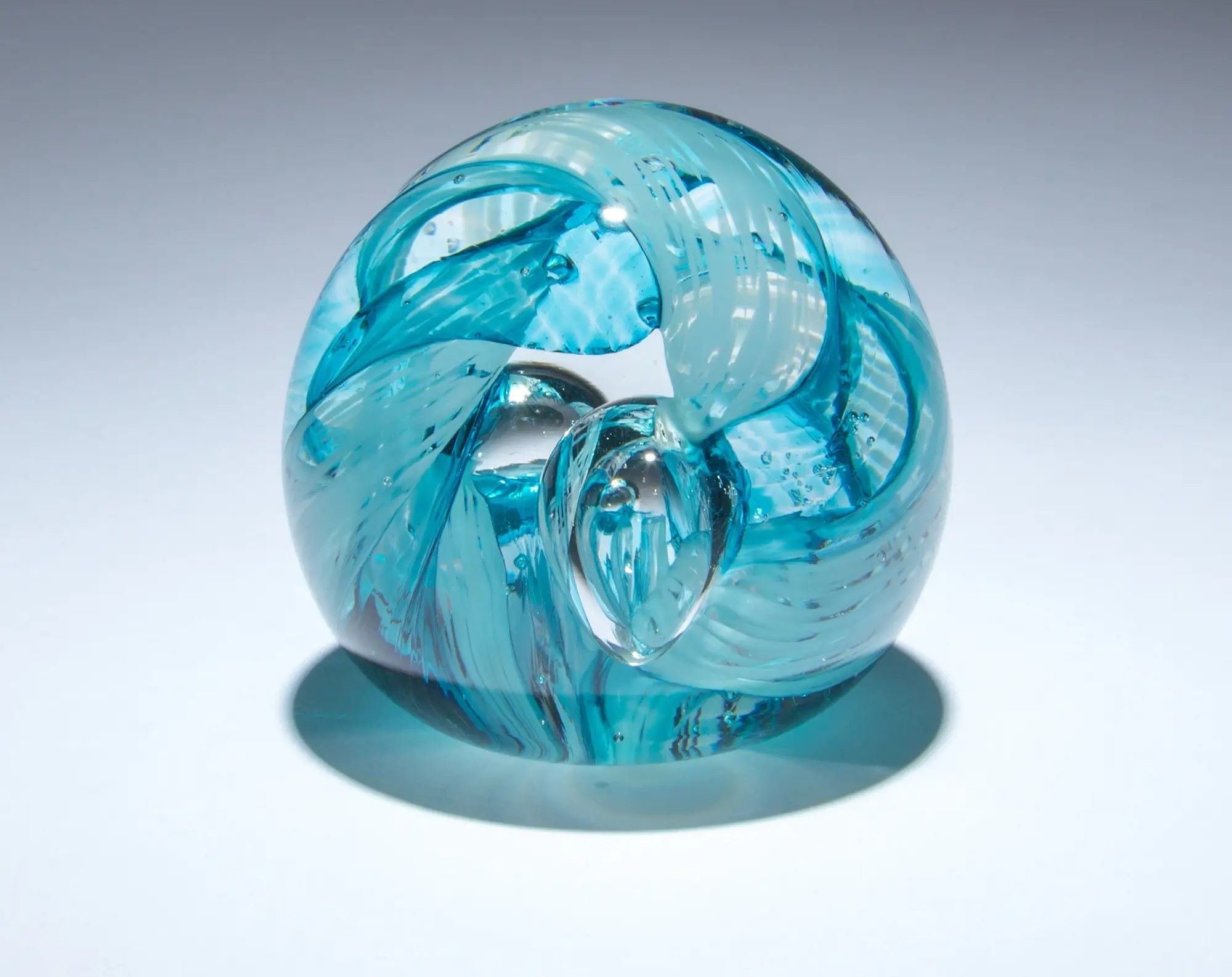
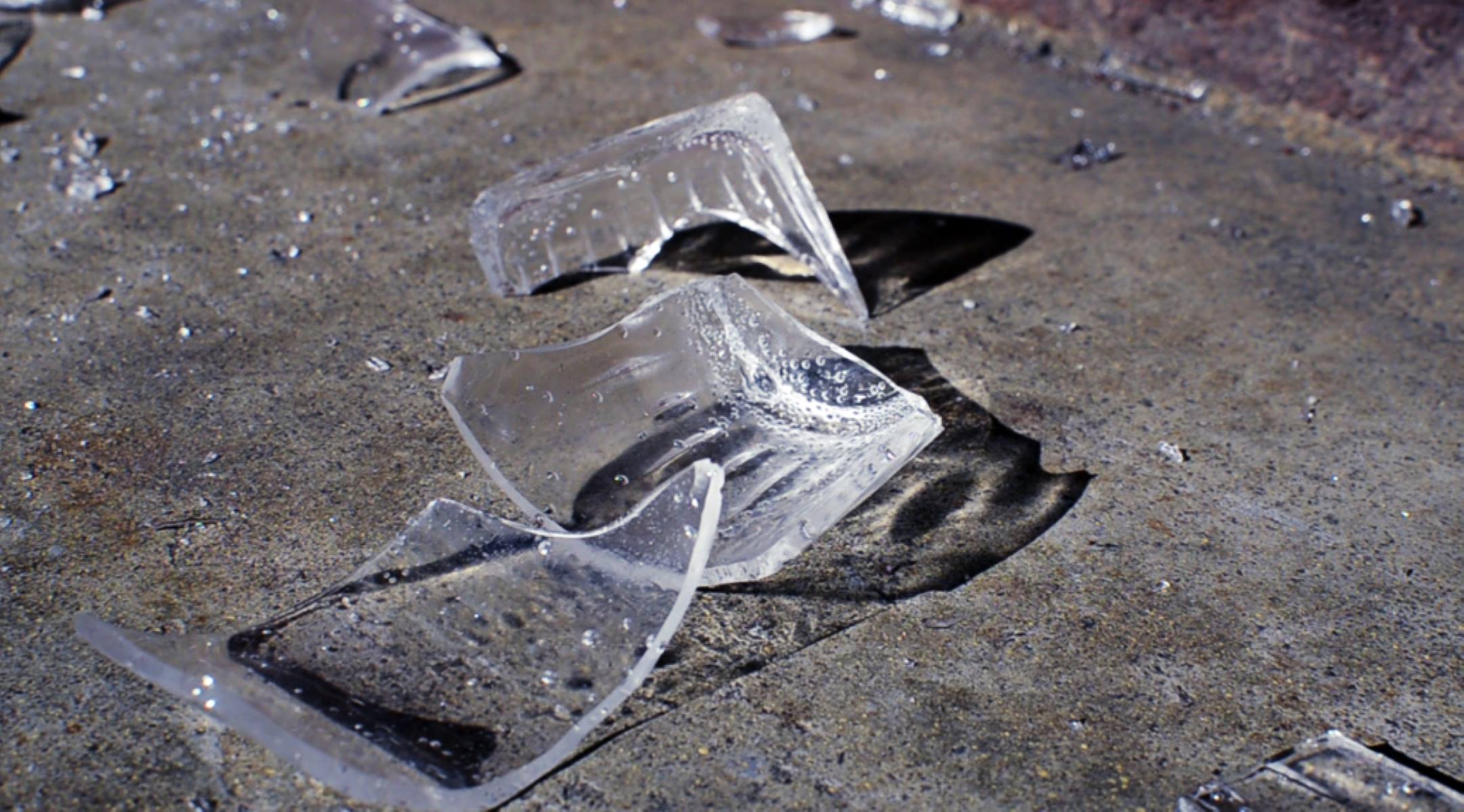
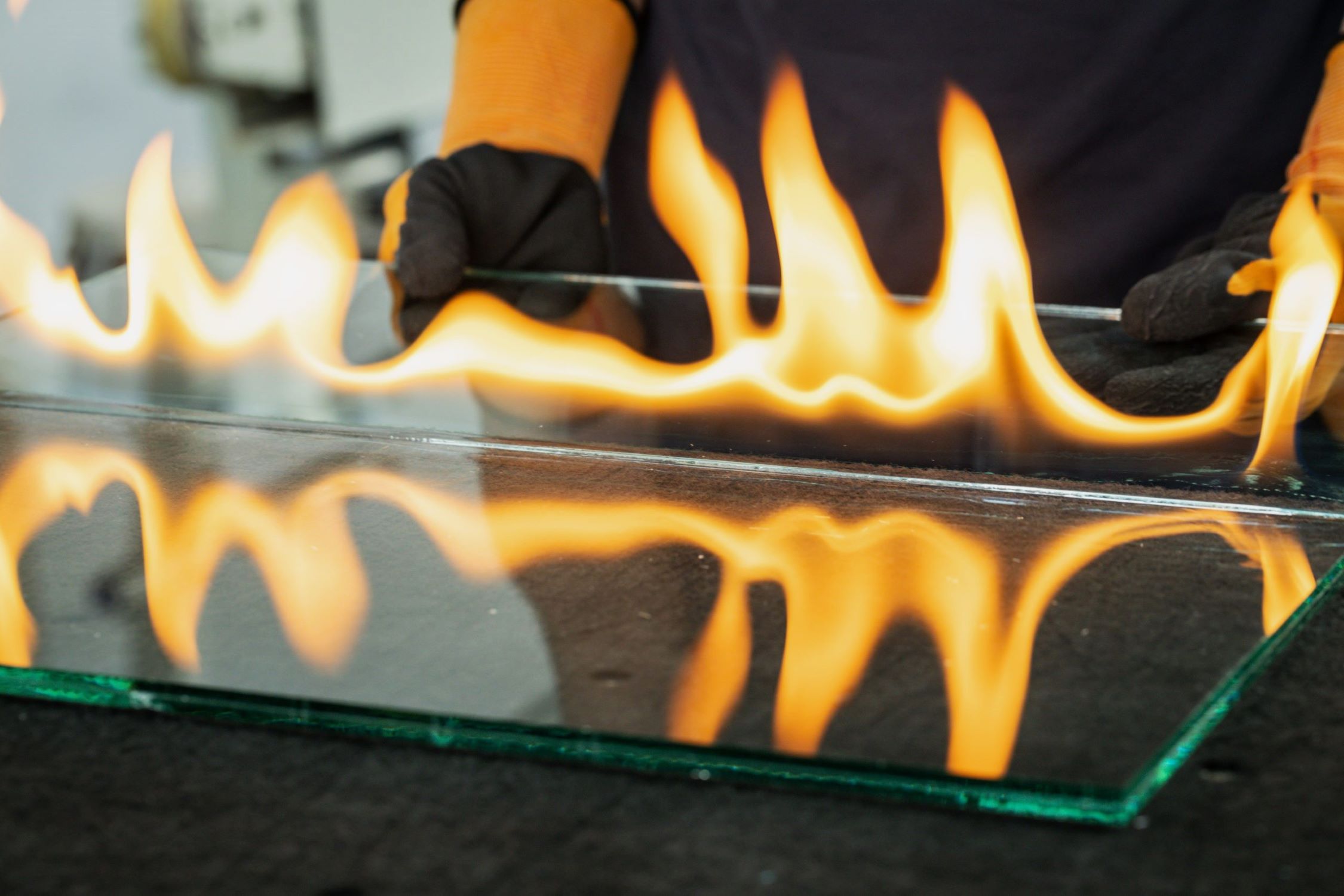
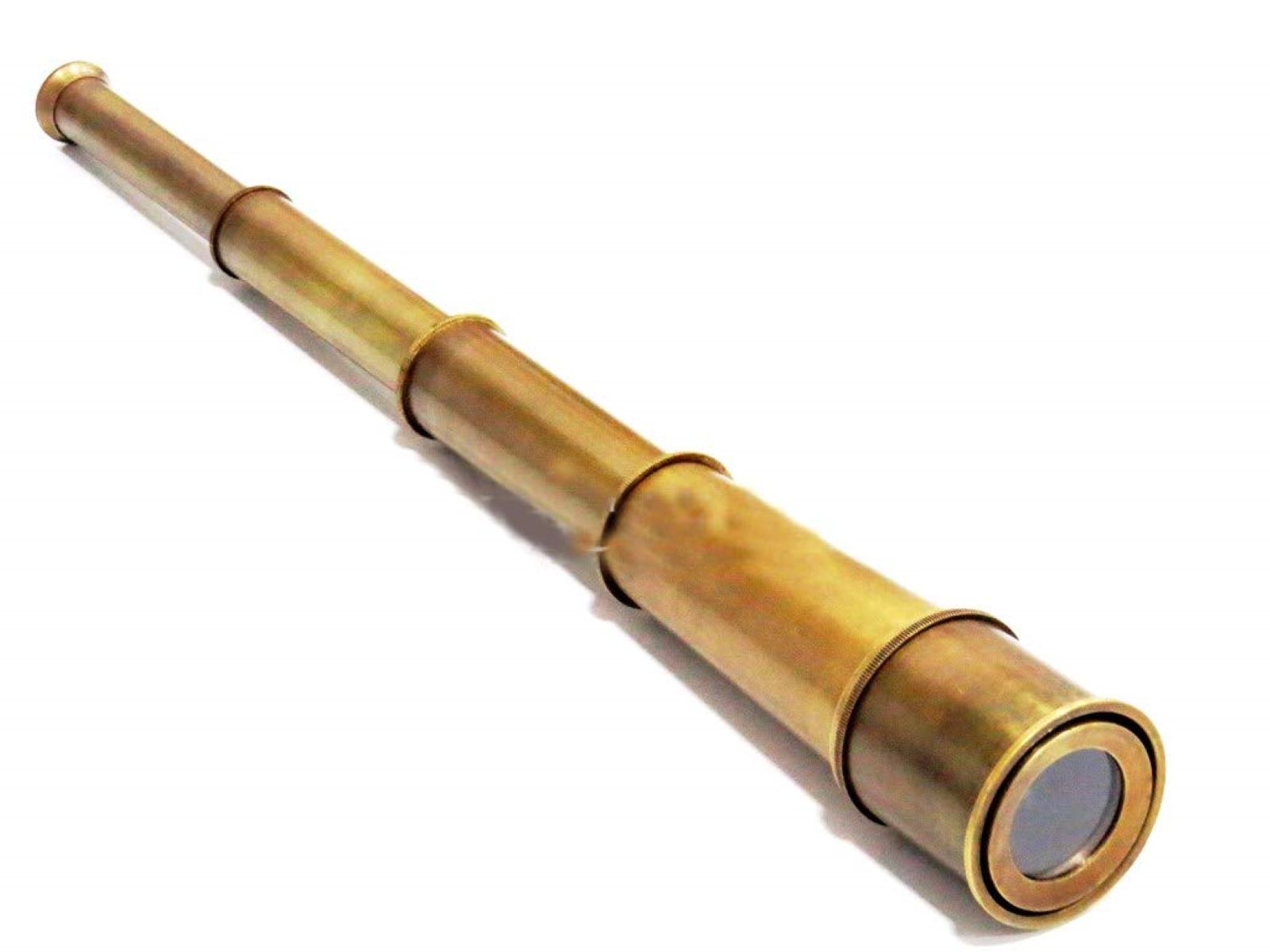


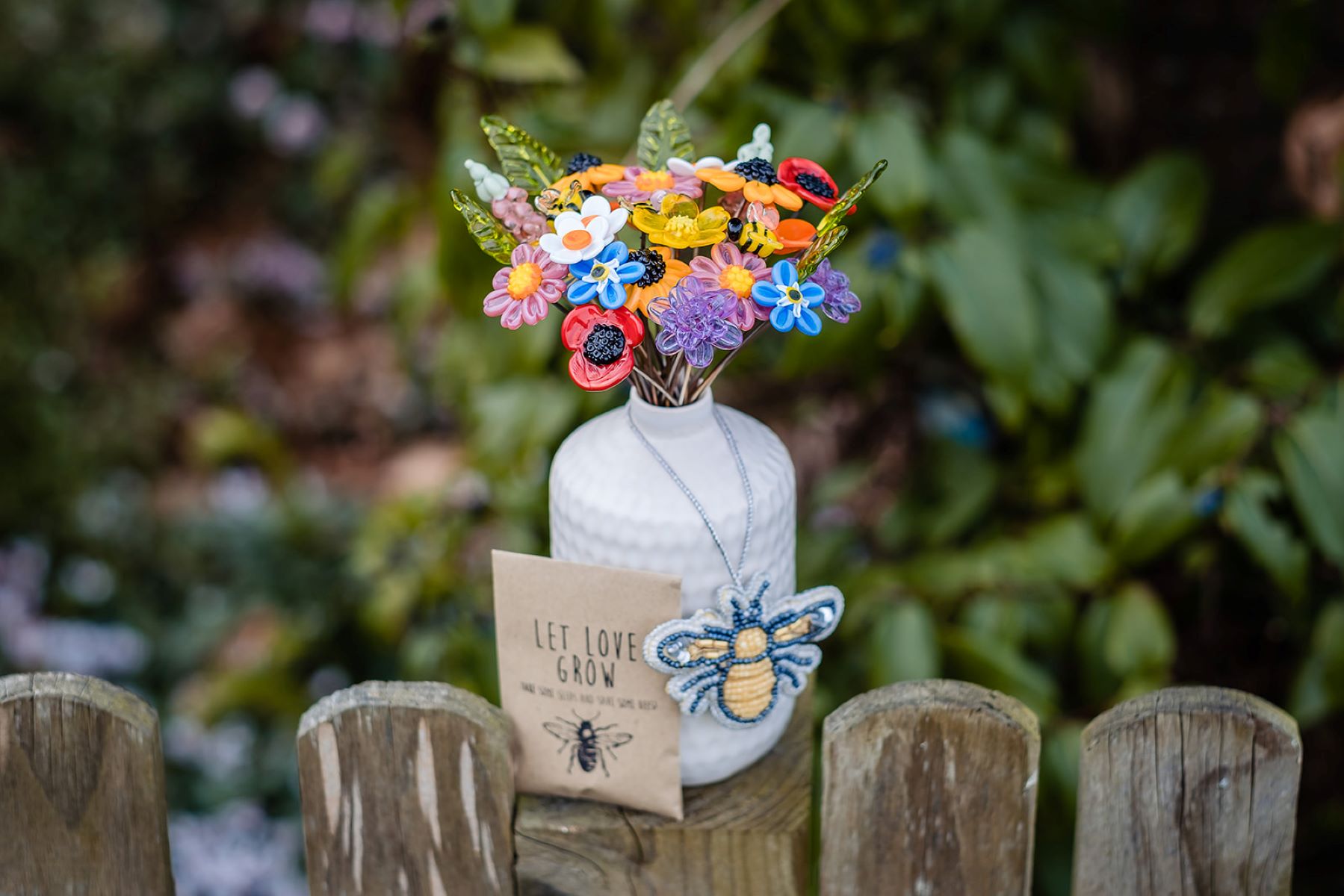
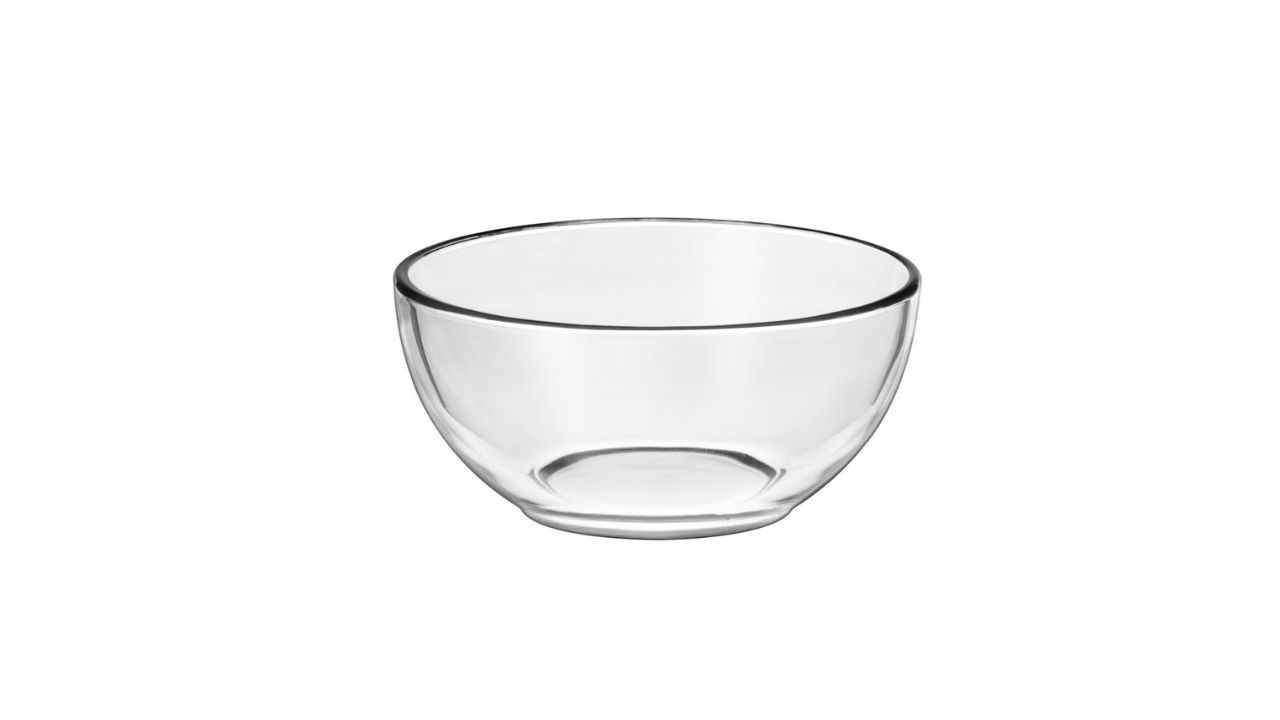
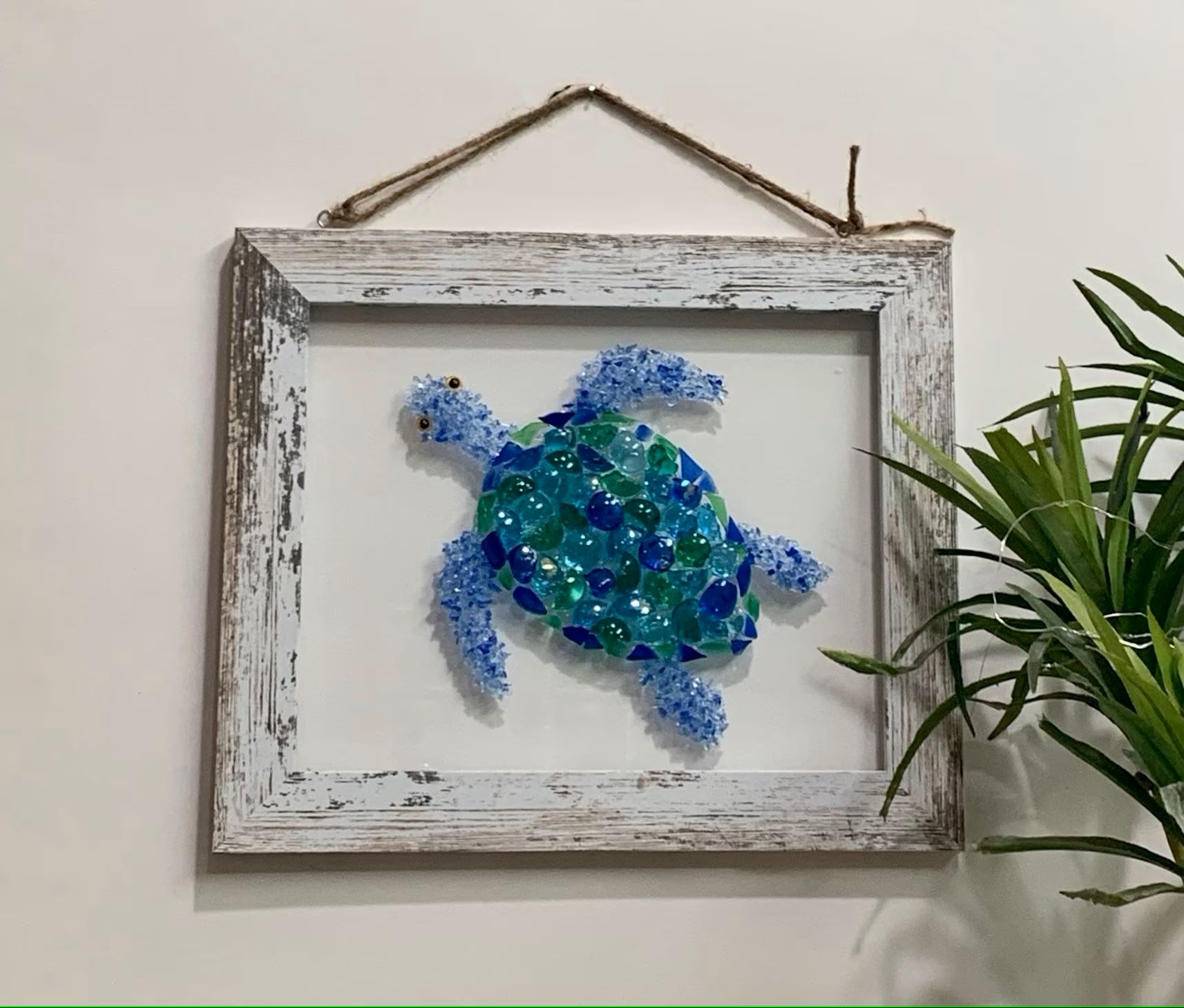


0 thoughts on “How To Make Glass Opaque”